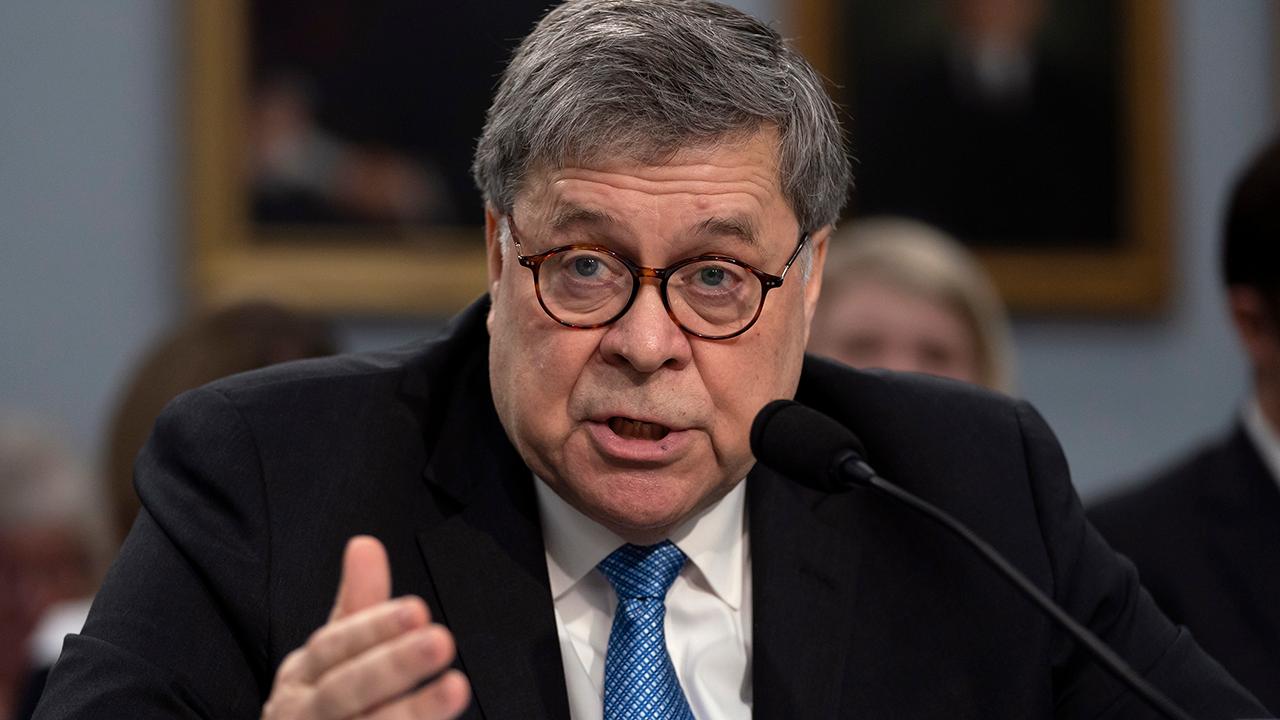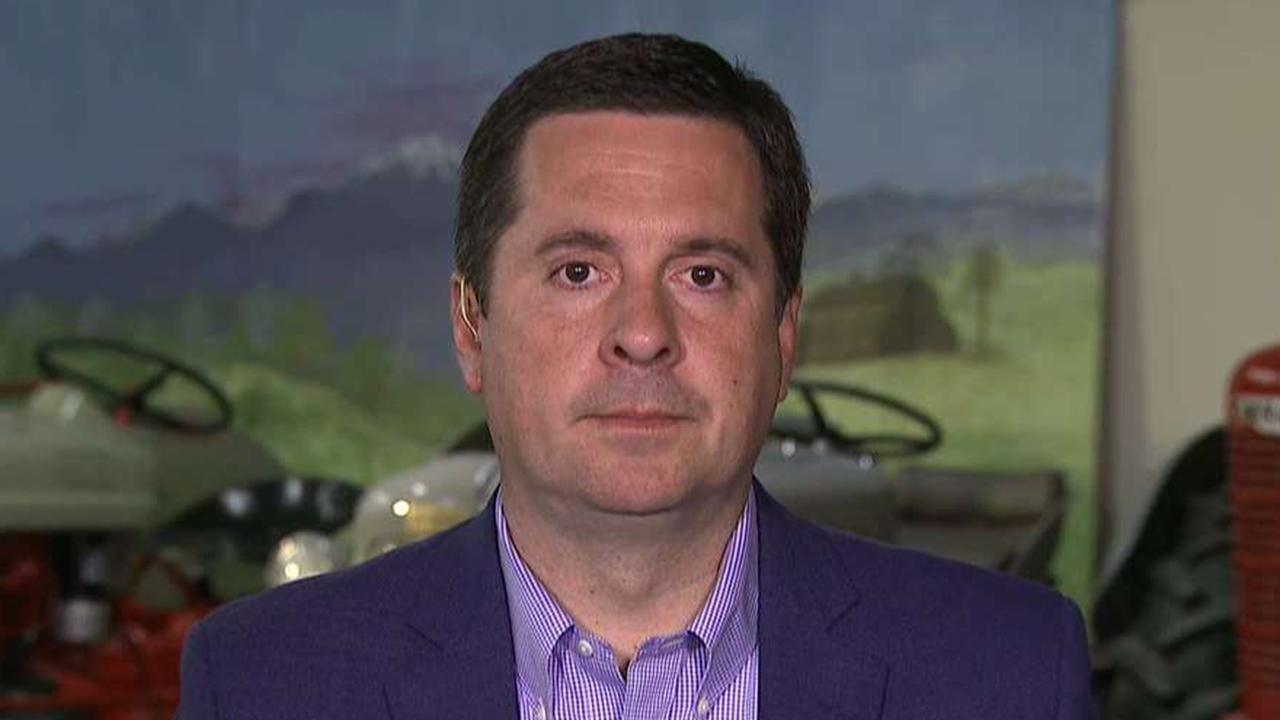by Bradley Betters
Although
perhaps commendable in the civil-rights arena at one time, for years
founder Morris Dees and his top lieutenants -- treated the center as a ‘hate business’ of
sorts; using “hyperbolic fundraising
appeals” to scare donations out of “gullible Northern liberals.”
A cluster of events this past week marked a steepening in the upwards trend toward online censorship.
In a New York Times/Southern Poverty Law Center (SPLC) collaborative report about online extremism, authors claimed the social media sphere enabled a “global network of white extremists” to develop and that this has led to a “surge of white supremacist and xenophobic terrorism in the West.” Although grasping in its conclusions and broadly flawed, the report was no doubt a clear enough justification for many to continue the culling of speech freedoms online.
In a near-identical report of its own, the Anti-Defamation League (ADL) described certain social media platforms having apparently become “round-the-clock digital white supremacist rallies.” They too conclude more policing from both industry and government had to be done.
Both reports coincided with social media executives themselves being called to a hearing before the House Judiciary Committee where it was demanded that they do more to “stem white nationalist propaganda and hate speech online.”
The collective push to double down on a free-speech atmosphere already challenged post-Christchurch seems to beg the question: is it a surge in “hate” we’re witnessing, or rather surge in “hate panic”?
 According to the Times analysis of social media posts, among global white extremists who have committed murders since 2011, one third, or 15, were “inspired” by others who had committed similar acts by either having read each other’s manifestoes or acknowledging one another’s crimes.
According to the Times analysis of social media posts, among global white extremists who have committed murders since 2011, one third, or 15, were “inspired” by others who had committed similar acts by either having read each other’s manifestoes or acknowledging one another’s crimes.
But whether such connections can be said to be a true motivating factor in their crimes should be viewed as a highly fact-dependent enquiry, and one likely only answerable by probing the killers directly. Further, to say these connections between them constituted an actual “network” seems to inflate that term as normal people understand it. What might constitute a network is online correspondence between extremists, which the Times found one instance of.
The report seems to have uncovered not so much a ‘surge in social media-enabled violence’ but the pervasiveness of social media in people’s everyday lives and the ease with which one’s online reading and communication habits (and criminal motives) can be ascertained.
The Times’ ‘surge in violence’ claim is similarly loose. Between North America, Europe, and Australia, the report counts a headline number of 347 attacks (undefined in the report) being perpetrated by whites from 2011 through 2017. But when broken down, the figure approaches 50 a year, which, in the minds of many, may not signal a widespread scourge, especially considering the white population in these regions is roughly 800 million. Responding to a Times op-ed which parroted an ADL finding that, from 2008 to 2017, 71 percent of 387 extremist related fatalities in the U.S. were linked to white supremacists, American Spectator’s David Catron worked out the per year figure to be 28. As he wrote, “[e]very death is tragic, but this is less than half the annual fatality rate associated with bee and wasp stings.”
And of course, the fact that the report relied on the SPLC is a general taint on its conclusions. Recent bombshell revelations in the New Yorker confirm what critics have long contended about the organization -- that it inflates its hate-group standard and manufactures reports, according to one former staffer, showing “‘hate’ always… to be on the rise.” Although perhaps commendable in the civil-rights arena at one time, for years founder Morris Dees and his top lieutenants (many of whom have left since the revelations), treated the center as a ‘hate business’ of sorts; using, as the insider describe it, “hyperbolic fundraising appeals” to scare donations out of “gullible Northern liberals.” As Nathan J. Robinson of Current Affairs summed it up, “the Morris Dees model” was to “find[] as much ‘hate’ as possible in order to make as much money as possible.”
 The same charge has been laid against the ADL, whose Senior Vice President for Policy, Eileen Hershenov, also testified at this week’s congressional hearing. They also employ a “hate” labelling program in addition to surveys on U.S. and global anti-Semitism. Critics claim that the surveys are often push-polls (from one questionnaire: “Jews still talk too much about what happened to them in the Holocaust”… is this “probably true?”) and say anti-Semitism is certainly not at the pandemic-levels they assert (ADL critic Noam Chomsky: “In the ranking of problems, I think maybe it comes up to a thousandth”). The group follows a similar “Morris Dees model”, say critics. Quoting him at length, David Samel writes:
The same charge has been laid against the ADL, whose Senior Vice President for Policy, Eileen Hershenov, also testified at this week’s congressional hearing. They also employ a “hate” labelling program in addition to surveys on U.S. and global anti-Semitism. Critics claim that the surveys are often push-polls (from one questionnaire: “Jews still talk too much about what happened to them in the Holocaust”… is this “probably true?”) and say anti-Semitism is certainly not at the pandemic-levels they assert (ADL critic Noam Chomsky: “In the ranking of problems, I think maybe it comes up to a thousandth”). The group follows a similar “Morris Dees model”, say critics. Quoting him at length, David Samel writes:
ADL perpetually has its hand out for donations, and what better way to motivate donors than a screaming headline that there are one billion anti-Semitic adults on the planet? ...ADL’s home page trumpets the frightening results and offers visitors an easy way to “Help ADL Change the World” with a single click… It is difficult to imagine that the survey was not planned, at least in part, as a fundraiser, with foreknowledge of a direct relationship between the quantification of the danger and the anticipated revenues.
As Robinson writes in Current Affairs, groups like the SPLC and ADL engage in the “politics of spectacle.” Their brand of anti-racism advocacy, as he says, is “endemic to a certain kind of ‘elite liberalism’”, one which “totally skew[s] the idea of how racism works and how to begin solving it.” For these groups, this might actually be the whole point.
These groups are big players behind the internet censorship trend which started with the 2016 U.S. election, ticked up after Charlottesville, and ticked up again post-Christchurch. Without countering it, and the alarmist research and organizations that encourage it, social media censors will be free to claim that there is a surge in “hate” across the West, rather than a surge in “hate panic”, as is more likely the case.
Bradley Betters
Source: https://www.americanthinker.com/articles/2019/04/splc_adl_and_the_white_nationalism_panic.html
Follow Middle East and Terrorism on Twitter










 According to the Times analysis of social media posts, among global white extremists who have committed murders since 2011, one third, or 15, were “inspired” by others who had committed similar acts by either having read each other’s manifestoes or acknowledging one another’s crimes.
According to the Times analysis of social media posts, among global white extremists who have committed murders since 2011, one third, or 15, were “inspired” by others who had committed similar acts by either having read each other’s manifestoes or acknowledging one another’s crimes. The same charge has been laid against the ADL, whose Senior Vice President for Policy, Eileen Hershenov, also testified at this week’s congressional hearing. They also employ a “hate” labelling program in addition to surveys on U.S. and global anti-Semitism.
The same charge has been laid against the ADL, whose Senior Vice President for Policy, Eileen Hershenov, also testified at this week’s congressional hearing. They also employ a “hate” labelling program in addition to surveys on U.S. and global anti-Semitism.